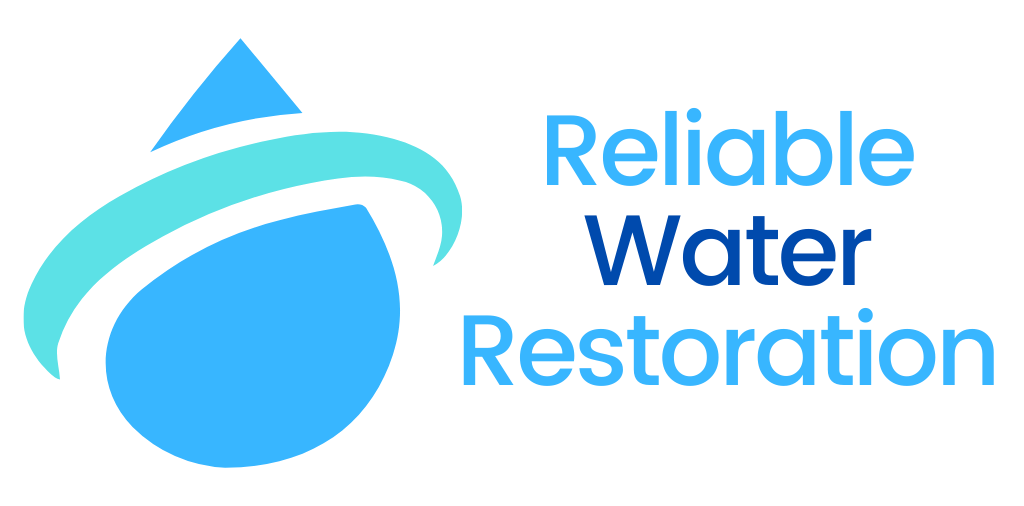When a fire occurs, it can cause a lot of damage to property and possessions. As the fire spreads, it destroys everything in its path and leaves smoke damage and soot behind for you to clean up afterward. It takes less than 30 seconds for a small flame to turn into a major fire and only minutes for black smoke to fill the room – please be diligent and sort out any potential fire hazards as soon as they arise.
Every day, Reliable Water Restoration helps people get back on their feet after a devastating fire. Gaining an understanding of some basic prevention techniques would have helped in some cases.
Read more: Wildfire Preparedness
Here are some fire prevention tips that you can use to avoid being in this situation.
How To Prevent Fire
Within our own homes, we all have a responsibility to limit the risk of fire from destroying our property and possessions.
Taking the steps in our home fire safety checklist could significantly reduce the danger and help save your house from a fire.
Home Fire Safety Checklist
- Do Your Smoke Detectors Work? You should make it a habit to check the status of your smoke detectors regularly. Batteries need to be replaced, and children should know what they sound like.
- Do You Have an Evacuation Plan? Planning your exit routes with every room is important. You should have one emergency route for each floor, in case the first one becomes inaccessible.
- Do You Have Fire Extinguishers? It is recommended to have a fire extinguisher on each floor of your house so the risk for a fire spreading and becoming uncontrollable is lowered. One near the kitchen and one near any common living spaces like the dining room or where you spend most time watching TV are good guidelines.
- Are You Cautious When Cooking? Always turn off your stove when you leave the kitchen. Leaving cooking food unattended is dangerous.
- Do You Restrict Smoking to Outside? If you’re a smoker, try to always avoid smoking inside the home and put out cigarettes when finished. Avoid smoking in bed which can be dangerous. Mattresses and bedding can react badly to heat and will go up easily if ignited by a small flame like a cigarette.
- Do You Know How to Prevent Electrical Fires? Make sure there’s no exposed wires or any other electrical issues. If you notice anything unusual, turn off the power and have a qualified engineer take a look to make sure everything is running safely.
- Is Your Property Child-Safe? Ensure that lighters, matches and other fire hazards don’t end up in children’s reach and teach them about fire safety.
- Do You Have Fuel Lying Around? Piles of materials such as books, newspapers and blankets can be used as fuel in the event of a fire. Make sure you do not have any lying around.
How To Put Out A Fire
Fire prevention is the most important aspect of avoiding fire damage. There are, however, some ways to confront and put out a fire. For instance, you should:
Once a fire has started, the situation could quickly get out of hand. To prevent further damage, be sure to know how to put out a fire as soon as possible.
How To Use A Fire Extinguisher
Have you got a fire extinguisher in your business but don’t know how to use it? There are different types of extinguishers for different sorts of fires, so it’s important to familiarise yourself with them.
There are different types of fire extinguishers and they’re designated to certain types of fires. For example, you might need a gas type in case there’s a grease or oil fire, and powder in case there’s an electrical issue.
Read more: Document and Data Recovery
- Extinguishers are used to put out fires in ordinary combustibles. These can include materials such as wood and paper.
- Class B extinguishers are used to combat flammable liquids like fuel, grease and oil.
- Class C Extinguishers can be used for a limited range of situations, mainly involving fires that have been made to electrically energized equipment.
- Extinguishers that are Class D are designed to put out large fires on many different flammable metals like magnesium, titanium, and potassium.
Put out the fire with a fire extinguisher.
P – Pull the pin on the extinguisher.
S – Squeeze the trigger.
A – Aim the nozzle at the base of the fire.
S – Sweep from side to side.
If you want to use a fire extinguisher effectively, you need to do it correctly. Remember to aim at the base of the fire, not the top of the flames.
We also serve different locations
